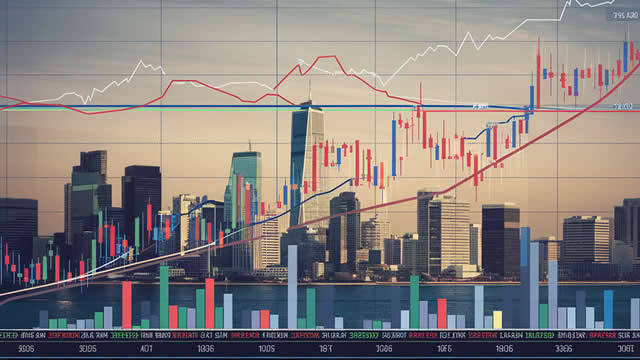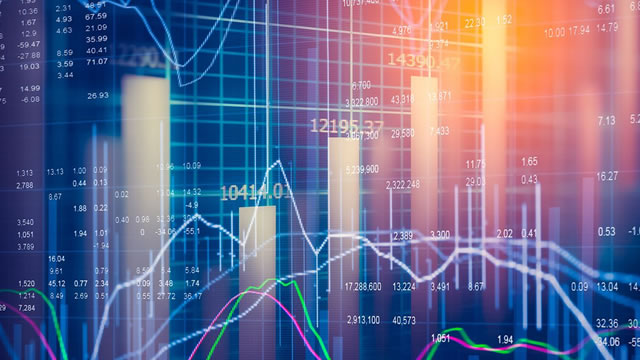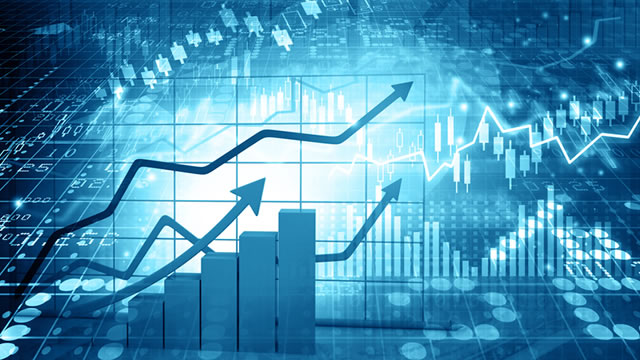Gold Price Remains Steady Amidst Tariff Concerns: A Detailed Analysis
The price of gold has remained remarkably steady in recent weeks, hovering just below record highs. This stability is largely due to growing concerns over reciprocal tariffs, particularly those being implemented by the United States and China. In this article, we’ll explore the reasons behind this trend and discuss its potential implications for both individuals and the global economy.
Gold as a Safe Haven Asset
First and foremost, it’s essential to understand why gold is considered a safe haven asset. Gold has long been viewed as a hedge against inflation and economic uncertainty. During times of economic instability, investors often turn to gold as a store of value. This trend has been particularly pronounced in recent years, with increased geopolitical tensions and uncertainty surrounding global economic policies.
Tariffs and Trade Wars: A Threat to the Global Economy
The current trade tensions between the United States and China represent a significant threat to the global economy. Tariffs can lead to higher prices for consumers, reduced economic growth, and decreased corporate profits. These factors can, in turn, lead to increased volatility in financial markets and heightened uncertainty for investors.
Gold as a Hedge Against Economic Instability
Given this backdrop, it’s no surprise that gold has remained a popular safe haven asset. As concerns over tariffs and trade wars continue to mount, many investors have turned to gold as a way to protect their wealth. This trend has been particularly pronounced in recent weeks, with gold prices reaching their highest levels in over six years.
Individual Implications
For individuals, the implications of this trend are twofold. On the one hand, investors who have allocated a portion of their portfolio to gold may be seeing solid returns. On the other hand, those who have not yet considered gold as a safe haven asset may want to reconsider their investment strategy.
Global Implications
At the global level, the implications of this trend are more far-reaching. Gold is not just a hedge against economic instability – it’s also a key component of many central banks’ reserves. As concerns over tariffs and trade wars continue to grow, central banks may look to increase their gold holdings as a way to bolster their reserves and protect against potential economic shocks.
Conclusion
In conclusion, the current trend of gold prices remaining steady amidst concerns over tariffs and trade wars represents a significant development in the global economic landscape. For individuals, this trend highlights the importance of having a diversified investment portfolio and considering gold as a safe haven asset. For the global economy, it underscores the need for increased diplomacy and cooperation between major economic powers to avoid the negative consequences of prolonged trade tensions.
- Gold is considered a safe haven asset due to its ability to hedge against inflation and economic uncertainty.
- Tariffs and trade wars represent a significant threat to the global economy, leading to increased volatility and uncertainty.
- Individuals may want to consider allocating a portion of their portfolio to gold as a safe haven asset.
- Central banks may look to increase their gold holdings to bolster their reserves and protect against potential economic shocks.





